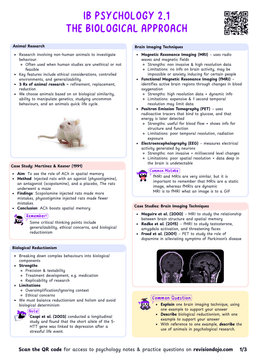Sampling Techniques: How Researchers Choose Participants
- Imagine you're conducting a study on stress levels among high school students.
- You can't possibly survey every student in the world, so you need a sample, a smaller group that represents the larger population.
- The way you select this sample can significantly impact the results of your study.
Self-Selected Sampling
- In self-selected sampling, participants volunteer to be part of the study.
- This method is often used in online surveys or studies advertised through posters or social media.
- A researcher posts a survey link on a school's website, inviting students to participate in a study on exam stress.
- The students who choose to participate form a self-selected sample.
Strengths and Limitations
NoteStrengths
- Easy to recruit participants.
- Participants are often motivated and engaged.
Limitations
- Volunteer bias: Participants may differ from the general population (e.g., more motivated or extroverted).
- Not always representative, limiting generalizability.
Opportunity Sampling
- Opportunity sampling involves selecting participants who are readily available and willing to participate.
- This method is common in classroom studies or research conducted in public places.
A researcher studying memory asks students in a nearby classroom to participate during their free period.
Strengths and Limitations
NoteStrengths
- Quick and easy to implement.
- Cost-effective.
Limitations
- High risk of sampling bias.
- May not be representative of the larger population.
Milgram (1963)
Aim: To study obedience to authority.
Method: Participants believed they were administering electric shocks to a learner (confederate) under the instruction of an authority figure.
Results: 65% of participants administered the highest shock level.
Conclusion: People are likely to follow authority figures, even against their morals.
Relevance: Milgram used opportunity sampling, recruiting participants through newspaper ads and local flyers, which may have attracted individuals more interested in authority or obedience studies.
Stratified Sampling
- A sampling technique where the population is divided into subgroups called strata, and participants are randomly selected from each subgroup in proportion to their representation in the population.


